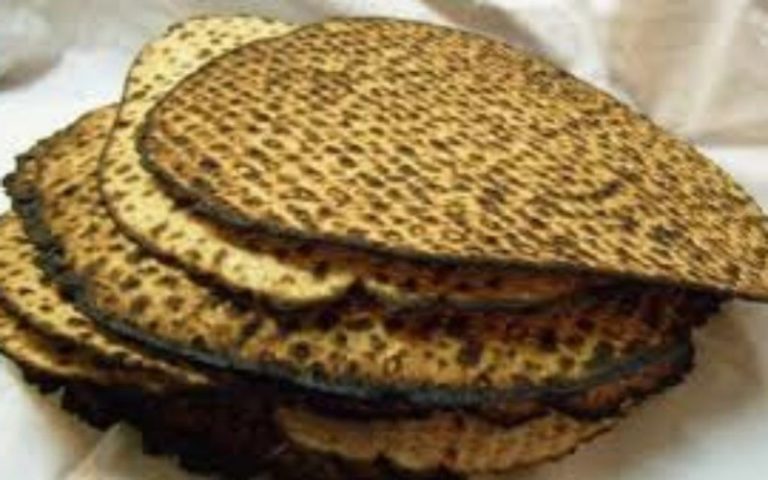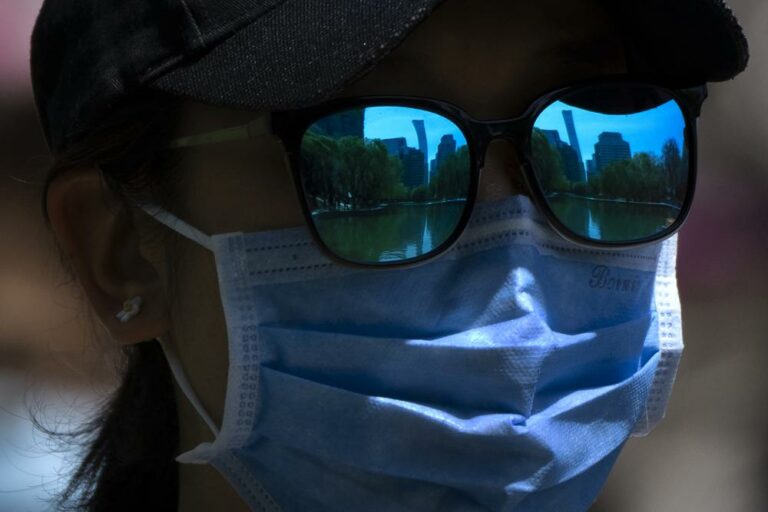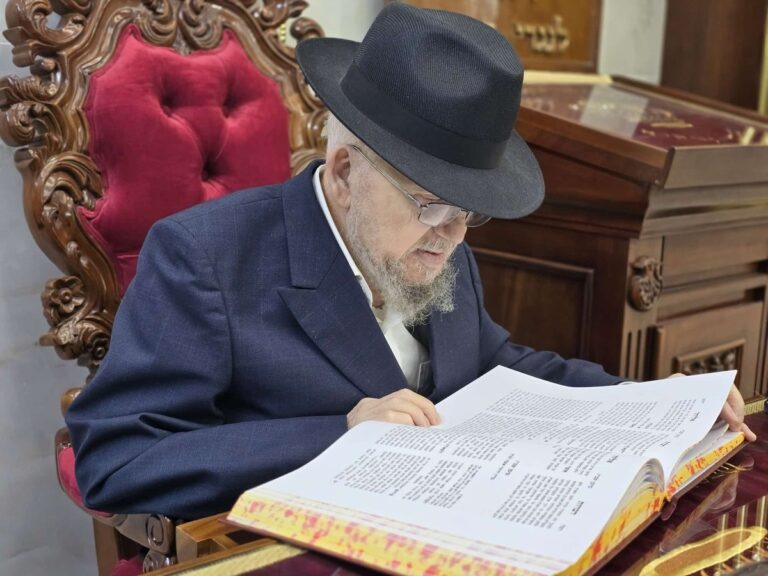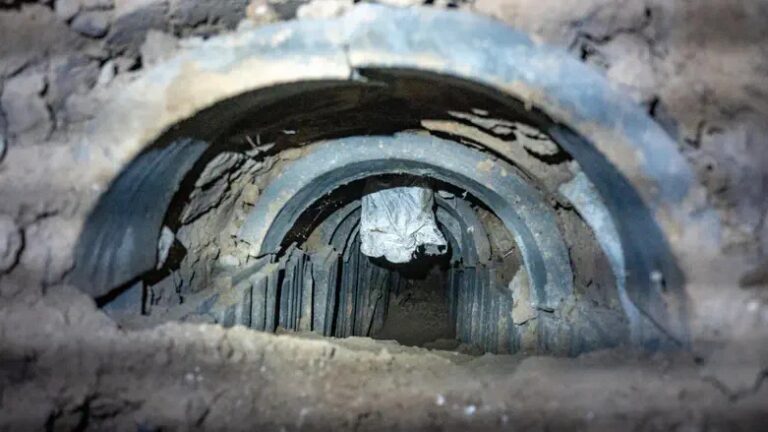 Iran plans to test about 1,000 advanced uranium enrichment centrifuges it has completed installing, a U.N. nuclear report showed, a move likely to worry Western capitals hoping for a change of course under the country’s new president.
Iran plans to test about 1,000 advanced uranium enrichment centrifuges it has completed installing, a U.N. nuclear report showed, a move likely to worry Western capitals hoping for a change of course under the country’s new president.
The U.N. atomic agency’s quarterly report – the first since relative moderate Hassan Rouhani won Iran’s June presidential election – also revealed developments that could help buy time for diplomacy between Tehran and major powers, however.
The International Atomic Energy Agency (IAEA) said Iran informed it a few days ago that the planned commissioning of the Arak research reactor – which could yield potential bomb material – had been delayed from early next year.
“This is a positive development since the reactor would produce plutonium that, if separated, could be used in nuclear weapons,” a U.S. think-tank, the Institute for Science and International Security (ISIS), said in a comment on the report.
Further, Iran’s most sensitive nuclear stockpile has hardly grown – remaining below its arch-enemy Israel’s stated “red line” that could provoke military action – since the previous IAEA report in May.
Growth in Iran’s reserve of uranium gas refined to 20 percent was held back as Iran stepped up conversion of the material into oxide to make fuel for a medical research reactor in Tehran. The stockpile of 186 kg compares with the 240-250 kg which experts say would be needed for a bomb if refined further.
“It is unlikely, at this point, that Iran could dash toward further enrichment to weapons-grade without the IAEA detecting Tehran’s activities,” said the Arms Control Association, a Washington-based advocacy and research group.
Iran says its nuclear energy program is for electricity generation and medical uses only. It has rejected Western accusations that it is trying to develop the capability to produce nuclear bombs, despite having hidden sensitive activities from U.N. non-proliferation inspectors in the past.
Israel has threatened to attack Iran if diplomatic pressure fails to rein in its program and it amasses enough 20 percent enriched uranium to make a nuclear weapon.
The IAEA’s findings still showed Iran pressing ahead with its nuclear program at a time when the outside world is waiting to see if Rouhani will increase transparency and reduce confrontation in its foreign relations, as he has pledged.
The top Democrat on the foreign affairs committee of the U.S. House of Representation, Eliot Engel, renewed a call for tighter sanctions on Tehran over its nuclear program after the report was released.
REACTOR DELAY
Envoys accredited to the IAEA had cautioned against reading too much into the latest inspectors’ report as it mainly covered developments before Rouhani took office in early August, succeeding the conservative hardliner Mahmoud Ahmadinejad.
Separately the IAEA announced a resumption on September 27 of talks with Iran over how to get it to cooperate with an agency inquiry into “possible military dimensions” to its nuclear work. There have been 10 fruitless rounds of talks since early 2012, but the next session will be the first with Rouhani in office.
Obtained by Reuters on Wednesday, the IAEA report said Iran had fully installed a total of 1,008 new-generation centrifuges at the underground Natanz complex and was planning to test their performance, without giving a timetable. Iran started installing the new centrifuges in February, stoking Western concern.
The machines were “under vacuum”, the report said, a key step towards starting them up.
Iran’s progress in introducing advanced centrifuges is under close scrutiny in the West and Israel – which is assumed to have the Middle East’s only nuclear arsenal – because this would enable Tehran to speed up its accumulation of material that could be put to producing atomic bombs.
Centrifuges spin at supersonic speed to produce enriched uranium, which Iran says it needs to fuel a planned network of nuclear power plants. But if further refined, uranium can also provide the explosive core of a nuclear bomb.
The report said Iran had begun making nuclear fuel for its planned Arak heavy-water research reactor but had put off its commissioning beyond the planned first quarter of 2014.
It was not unexpected as “many people couldn’t believe the schedule. But it was the first time that Iran acknowledged this,” an international official familiar with the issue said.
Western leaders are concerned the Arak complex could offer Iran a second path to weapons-grade fissile material by churning out plutonium. Iran denies any such intention.
(Reuters)










